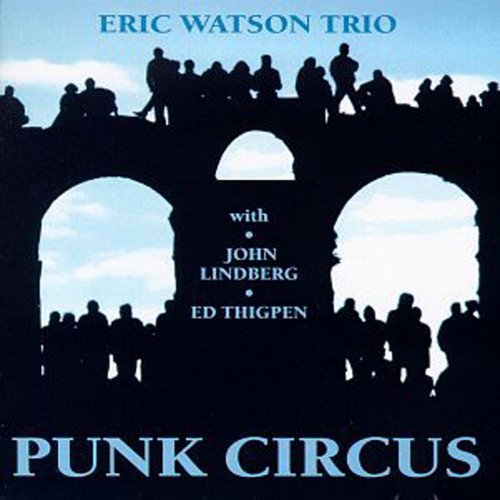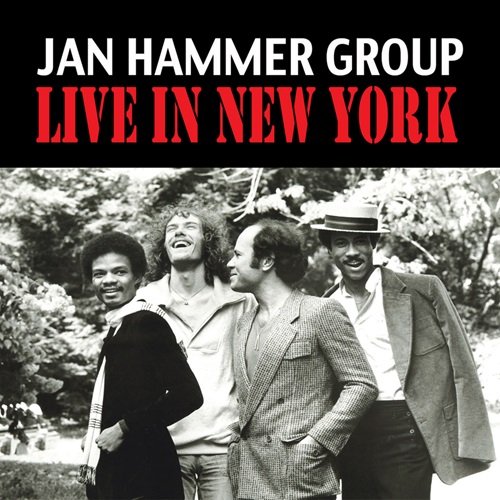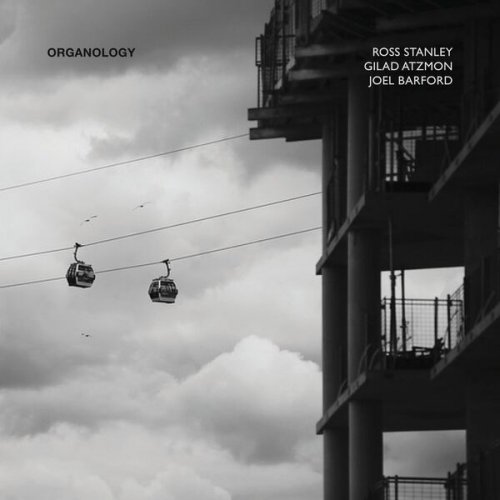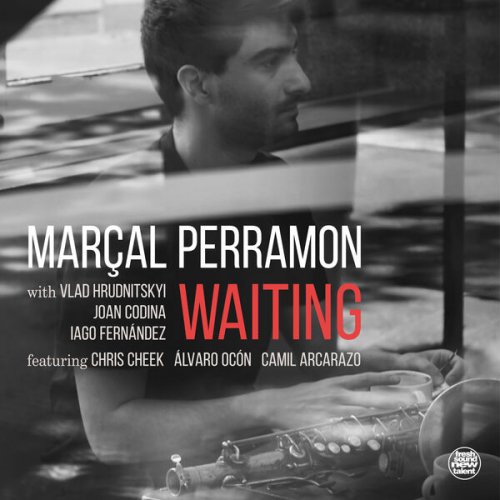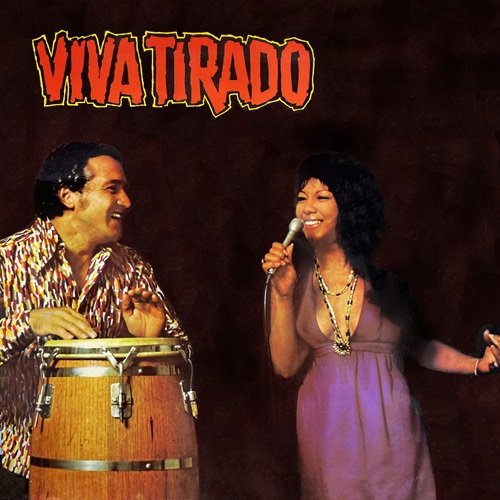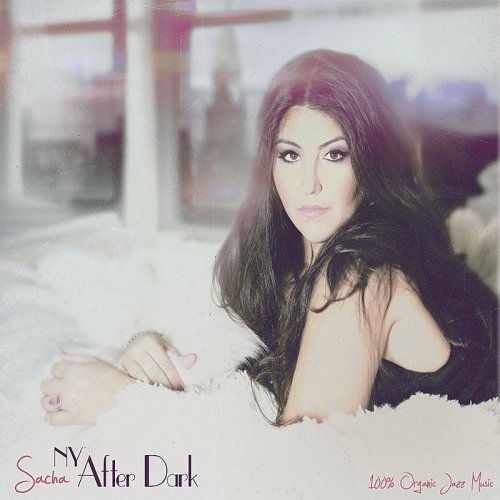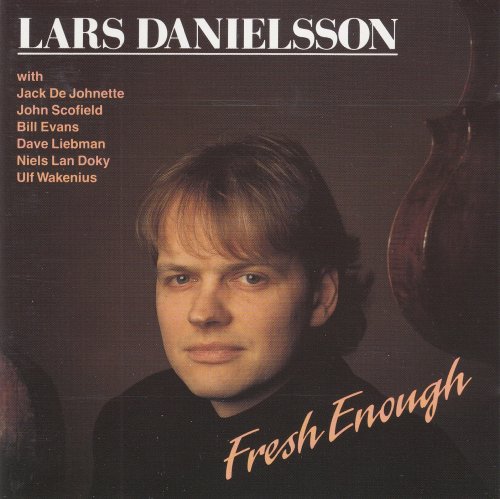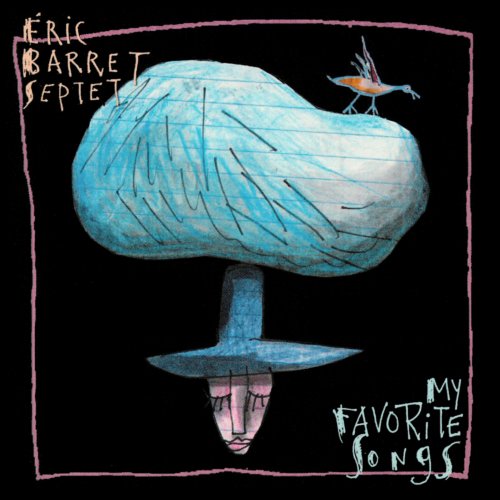Mario Folena, Roberto Loreggian, Francesco Galligioni - L'uccellaja (Music inspired by the birds singing between the 17th and 18th centuries) (2023) [Hi-Res]
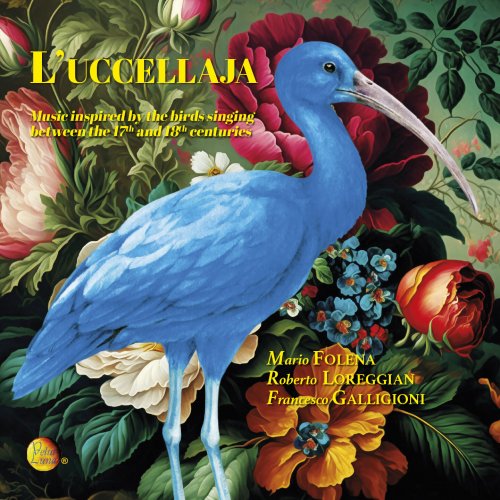
Artist: Mario Folena, Roberto Loreggian, Francesco Galligioni
Title: L'uccellaja (Music inspired by the birds singing between the 17th and 18th centuries)
Year Of Release: 2024
Label: Velut Luna
Genre: Classical
Quality: flac lossless (tracks) / flac 24bits - 88.2kHz
Total Time: 01:03:53
Total Size: 360 mb / 1.17 gb
WebSite: Album Preview
TracklistTitle: L'uccellaja (Music inspired by the birds singing between the 17th and 18th centuries)
Year Of Release: 2024
Label: Velut Luna
Genre: Classical
Quality: flac lossless (tracks) / flac 24bits - 88.2kHz
Total Time: 01:03:53
Total Size: 360 mb / 1.17 gb
WebSite: Album Preview
01. Aria Flieg hin flieg hin e Minuetto per cembalo e violoncello
02. Le Coucou, per traversiere e cembalo
03. Le Coucou per flauto d'amore in la e basso continuo
04. Capriccio fatto sopra il Cucchù, per cembalo
05. L'hirondelle, per traversiere e basso continuo
06. L'hirondelle, per cembalo
07. L'hirondelle per traversiere e basso continuo
08. Sirbace: No. 1, dall'opera Sirbace , Qual colomba afflitta, per traversiere e basso continuo
09. Cantata RV 659: No. 11, dalla Cantata RV 659, Indarno cerca la Tortorella, per flauto d'amore in la b e basso continuo
10. As When The Dove Laments, per traversiere e basso continuo
11. La Gallina, per traversiere e basso continuo
12. Il gallo e la gallina, per cembalo
13. Polonese , per flauto d'amore in la
14. Pourquoy, doux rossignol, per traversiere e basso continuo
15. Cantata RV 796: No. 19, dalla Cantata RV 796, Usignoletto bello, per traversiere e basso continuo
16. L'augellin trà verdi fronde, per traversiere e basso continuo
17. Divertimento per cembalo in cui si esprime una Uccellaja, per cembalo
18. Ramage, per flauto d'amore in la
19. Chant d'oiseaux, per traversiere violoncello e basso continuo
20. Concerto, Op. 10 No. 3: No. 2, Cantabile, dal concerto op X, n 3 Il Gardellino, per traversiere e basso continuo
![Mario Folena, Roberto Loreggian, Francesco Galligioni - L'uccellaja (Music inspired by the birds singing between the 17th and 18th centuries) (2023) [Hi-Res]](https://www.dibpic.com/uploads/posts/2024-03/1710223630_2.png)
Celebrating the beauty and inspiration of birdsong is the aim of this anthology of 17th and 18th century compositions dedicated to the voices of winged creatures. The CD takes its title from the Divertimento per cembalo in which it expresses a Uccellaja by Alessandro Speranza and includes 20 songs - selected with care - of the baroque and rococo era.
The first piece, previously unpublished page of G. Ph. Telemann, opens with two notes (re - si) that are repeated enunciating the call of the cuckoo. This incisive musical motto, able to carve itself in our auditory memory, introduces the following tracks, dedicated in order to: cuckoo, swallow, dove and doves, roosters and hens, nightingale, various songbirds and goldfinch.
Between '6 and '700 in the French instrumental suites (but also in the German ones) it was frequent to meet movements with a title with a specific programmatic intent. From these suites (composed by Daquin, Corrette, Philidor, Schmelzer, Boismortier and Naudot) are taken the songs dedicated to the singing of birds. Many Italian musicians, such as Poglietti and Speranza, were also inspired by the song of birds: three pages of great expressive power are presented for solo harpsichord by these authors and an Anonymous.
The aria of Galuppi Qual colomba afflitta has come to us only as an instrument. It is part of a ponderous collection of opera arias, published in London in the mid-18th century by John Walsh, selected and transcribed for traversiere and basso continuo by Carlo Maria Broschi (1705-1782), the famous castrato called "il Farinelli". At the time it was still common practice to perform vocal compositions - such as opera arias or cantatas, French brunettes or boat songs - in a simple instrumental role, as was the case in the Renaissance era: a rooted traditional practice with which it was decided to perform the arias Usignoletto bello by Vivaldi and L'augellin trà verdi fronde di Conti. Handel’s piece As when the dove laments belongs instead to a collection of transcriptions for traversiere and harpsichord, also published by J. Walsh in London. Within this free form of performance there is also the aria Porquoy Doux rossignol by the composer Jean-Baptiste de Bousset (1662 - 1725), a very popular piece at the court of the Sun King. It is a magnificent aria that Jacques Hotteterre transcribed for traversiere and basso continuo, contributing to its fame and diffusion.
The Delightful Pocket Companion for the flute, from which is the Polonese by unknown author here performed on the flute of love, is a pocket handbook in several volumes published in London - without date - by Robert Bremnen. Inside are collected hundreds of original songs and transcripts intended for the numerous amateur flutists, increasingly greedy for repertoire for their instrument. The theme of this Polonese, Polish dance movement in three quarters, is the clucking of the hen, so much so that with a play of words could be renamed Pollonese.
The CD ends with the famous Cantabile from the concert Op. X n. 6 "Il Gardellino" by Antonio Vivaldi, whose pure and linear melody comes in this CD flowered, during the refrains, in the same capricious spirit of the song of Alessandro Speranza: and so, in addition to the typical harp call of the goldfinch, you can hear the imitation of a myriad of chirping birds, tribute to the greatness of Nature, with a blaze of notes and sounds that has the intent to transport us in a world of emotions and beauty.

